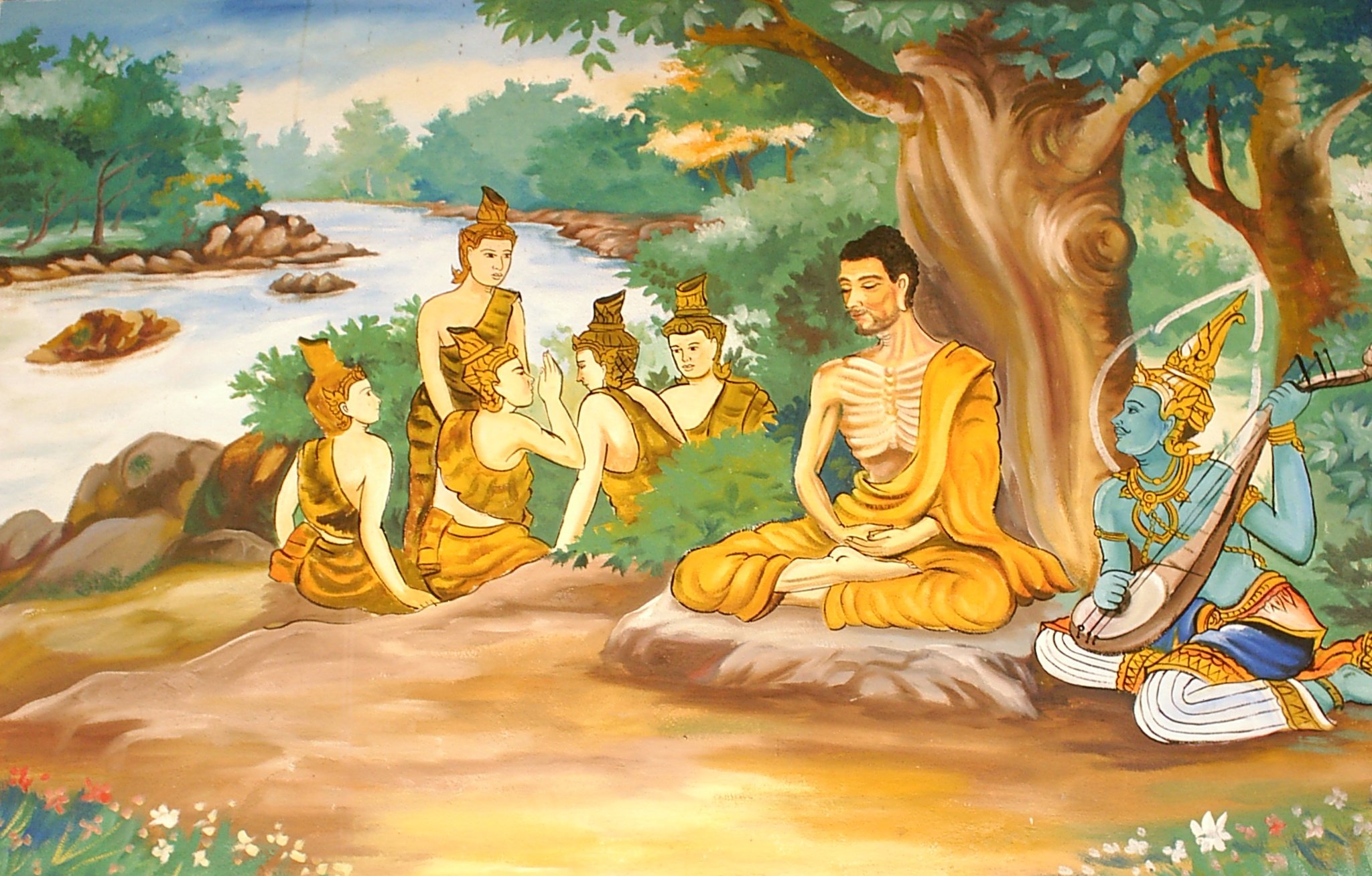The Nature of True Refuge
by Jon Aaron and Upayadhi
A refuge is a place of protection from danger. A place of shelter. It can also be defined as “a place to which one has recourse in times of difficulty.” A person who finds refuge would be considered a refugee.
There are millions of refugees in our times, fleeing places like Ukraine, Syria, Myanmar, Afghanistan, Venezuela and various parts of Central America… just to survive. To be safe from repressive regimes, poverty and war. In these cases, people are seeking shelter from life-threatening situations. In US history, one might recall the Great Migration of African Americans to Northern cities during the height of the Jim Crow, the rise of the KKK and the epidemic of lynchings. This was about survival, and the hope of a better life.
In our current context, more broadly understood, we could consider ourselves to all be refugees from dukkha, the Pali word for suffering and not-quite-rightness. The Buddha spoke of Refuge in a very material way — from the terrible situations that some humans find themselves in. But he also taught about Refuge more existentially. “Taking Refuge” or “Going for Refuge” is a spiritual act, even if it also requires material conditions. Within the Buddhist tradition, it means that we have decided to embark on a path of liberation. This freedom requires, as a baseline, that our bodies be safe, cared for, fed and protected in a very real sense. But ultimate liberation is freedom from dukkha, suffering, including our attachment to a fixed self and our aversion to impermanence.
Going for Refuge implies going for True Refuge. This means that we renounce False Refuges - things and pursuits that we think will save us, but ultimately do not have the power to be liberative in any lasting way. A False Refuge might include our physical health, beauty, careers, wealth, real estate, relationships, social status, a political cause, a worldly accomplishment… All these things may be worthy of praise and appreciation, but remain impermanent. We all know stories of people who “have it all” but remain deeply tormented, lonely and dissatisfied.
Prior to the Buddha’s Awakening, according to the stories passed down to us, there were many teachers and traditions offering some form of relief from the suffering of aging, illness, and death. It was a vibrant spiritual marketplace! Sound familiar? Well known teachers and priestly elites offered various forms of meditation, ascetic and ritual practices as a means to transcend the inevitable, and to obtain good favor from the Gods. Siddhartha, the Buddha-to-be, engaged in the most intense practices available to him in his time, as he set out on his quest. While he experienced momentary states of higher consciousness, none of it was truly lasting to him. He found no true refuge in any of these practices, even though he came to master many of them, surpassing the accomplishments of his many spiritual teachers.
As the story is told, Siddhartha deemed the ascetic practices that nearly killed him to be a fruitless path, a literal dead end… When he came to see this, through the kindness of a woman who offered him some rice milk to eat after months of self-imposed starvation, he left his fellow ascetics who shunned him for breaking his fast.
The young man found shelter under a Bodhi tree and sat down to meditate, taking a vow to not rise until he found full and lasting liberation. Through his own meditative efforts, he saw the true nature of reality and he reached the extinguishing of all suffering and the causes of suffering. When he returned to his five ascetic friends to share the news, it was clear to them that something momentous had happened. These wandering mendicants became his first disciples and soon all reached full awakening: they took refuge in him, in his teachings and in each other—Buddha, Dharma, Sangha.
Going for Refuge implies making a commitment to live a life which leads to freedom from suffering—yours and the suffering of others.
This is a very simplified version and a thumbnail history of the Buddha’s Awakening and the emergence of his very first followers. It is presented through a Buddhist lens, though it is by no means limited to Buddhist practice.
In this next series of articles, we will unfold ways of understanding what is referred to in Buddhism as the Triple Gem – the Buddha, Dharma and Sangha refuges.
May you be safe, may you be free.
May we all find True Refuge.

